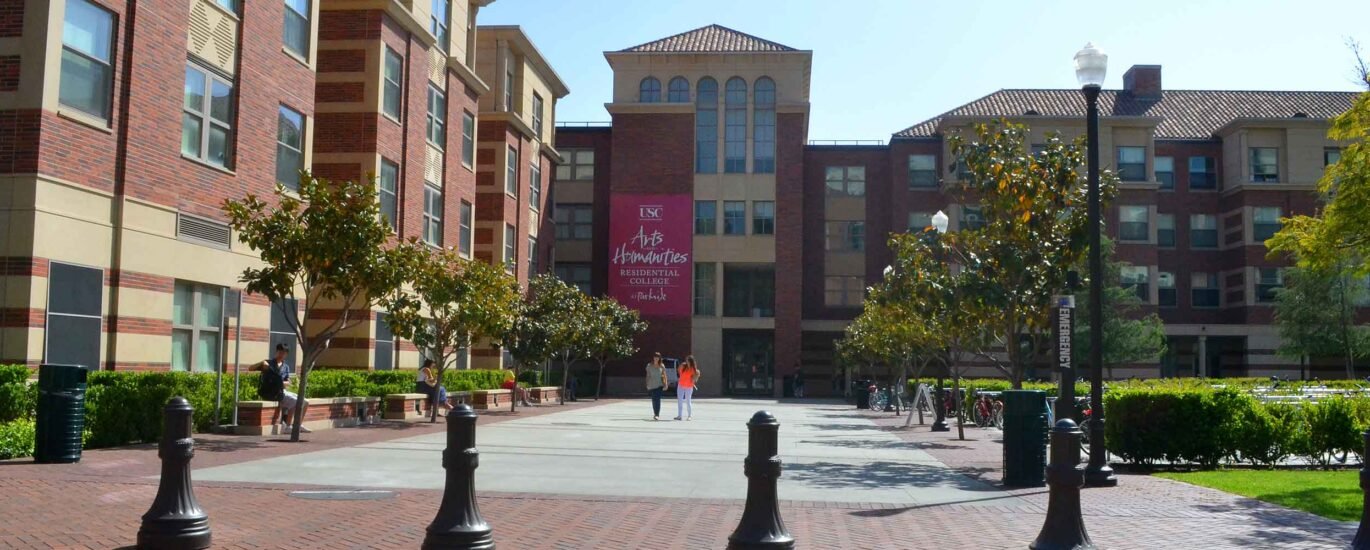International College Student Housing Options in the U.S.
Key Takeaways:
A few right changes in the kitchen can make it a safer place for those who want to age at home. Most of the most beneficial changes are surprisingly cost-effective. Keep an eye on good lighting, convenient tools, and easy access.
For international students moving to a U.S. college or university, establishing a home away from home is crucial. That means finding the best housing opportunity—one that suits both the school’s regulations and your own living style.
Housing regulations vary by college, but international students typically have two primary options: on-campus or off-campus.
Nearly all universities mandate freshmen—and sometimes sophomores,—including international students, to live on campus unless they obtain an exemption.
Jim Deleippo, director of international student and scholar services at New York’s The New School, indicates that most students choose on-campus housing in order to remain close to classes and be part of the school living-and-learning community.
Others choose off-campus living “for a variety of reasons,” he adds, “such as cost, neighborhood atmosphere, surroundings, or just greater independence.”

Following is a comparison of both living arrangements for international students.
Living on Campus
Lying in wait on campus are numerous benefits, such as being within walking distance of classes and having readily accessible resources for students.
Danielle McMartin, director of global education at San Marcos’ California State University, says, “For many international students who’ve never lived in—or even visited—the U.S., on-campus housing is the most convenient choice for their first year.”
She points out that living on campus also assists students in making friends, “connecting with campus activities, and moving into a furnished area immediately.”
Dorms tend to have varying configurations—single rooms, doubles, suites, or apartment-style units—with the majority feeling like one-stop shopping.
At Florida’s Saint Leo University, freshmen choose between two primary housing types:
Community-style: Classic dorms with common bathrooms and double occupancy rooms.
Suite-style: Four single rooms encircling a common living space with two bathrooms.
Upperclassmen reside in apartment-style facilities, opting for single or double rooms that include a kitchen or kitchenette, says Residence Life Director Tory England.
Each room includes a twin bed, dresser, wardrobe or closet, and desk chair. Some students may, however, want to bring along the addition of a mini-fridge, microwave, or television.
England says, “There are tons of amenities—Wi-Fi, laundry rooms, game lounges, study spaces, Ping-Pong and pool tables, fitness areas, and volleyball and basketball courts near the dorms.”
Saint Leo has a requirement for all full-time students to reside on campus, unless they’re commuters, married, veterans, or seniors. Other institutions have varying requirements.
Some schools will room students, so international students could try social media or university groups to meet possible roomies ahead of time.
Dorms also come with resident advisors (RAs)—upperclassmen who assist students in transitioning, mentor students, and act as liaisons. McMartin comments, “Most on-campus housing includes RAs who help new students settle in and build a supportive community.”
Rooms are supplied with furniture, but students are still required to have essentials such as bedding. On the campus of The New School, Deleppo reports that students “have to bring their own linens, towels, and other household items.” The majority of colleges offer a packing list.
He continues, “On-campus housing has fantastic perks—proximity to classes, fully furnished rooms, free laundry, and sometimes even gyms.”
However, space is restricted, so McMartin suggests, “Students should apply early and meet all deadlines.”
Living Off Campus
Some colleges permit international students to live off campus, but advisers caution that they should consider carefully.
Deleppo says New York City’s prices surprise many students who opt for off-campus living, and finding an apartment to rent can prove difficult for international students.
Challenges include:
Having to live farther from campus to secure lower rent.
Large deposits upfront.
Requiring a U.S. co-signer on leases.Background checks, plus fees to rent.
Most NYC apartments are unfurnished.
Students also need to include expenses such as transportation, utilities, food, and meal preparation.
McMartin advises, “They’ll typically have to purchase or lease furniture. But if they’ve already had a year on campus, all these steps become easier.”
Professionals remind the students that off-campus residents need to inform their school of their latest address for visa purposes.
One benefit of living on campus, McMartin adds, is that it “saves students the inconvenience of not having a U.S. Social Security number when leasing.” Schools can offer residency documentation if necessary for off-campus housing.
Students looking to lease off campus need to consider twice before signing a 12-month lease if they intend to visit home for summer. Deleppo continues, “Another alternative is living with friends, family, or acquaintances who have an existing place.”
When looking for off-campus accommodations, professionals advise that safety comes first—students must check out neighborhoods carefully.
Deleppo cautions, “Always be careful of rental scams. Check ads, rental agencies, or agents thoroughly to avoid being defrauded.”
In the end, international students must consider both options and consider advantages and disadvantages before making a decision.
“Whatever they choose,” Deleppo says, “I encourage everyone to research ahead—understand what living with roommates means, and know the costs, process, and requirements for both.”

